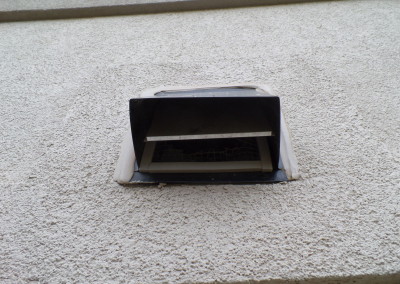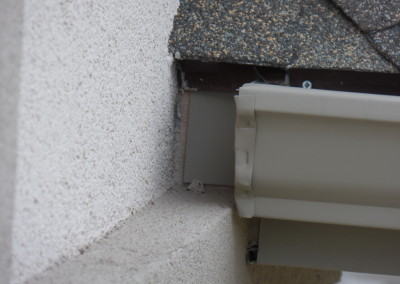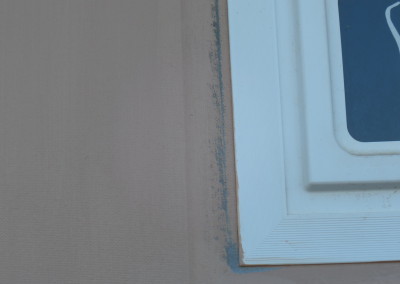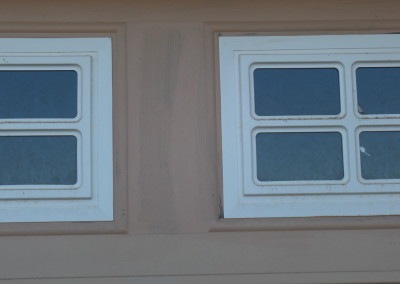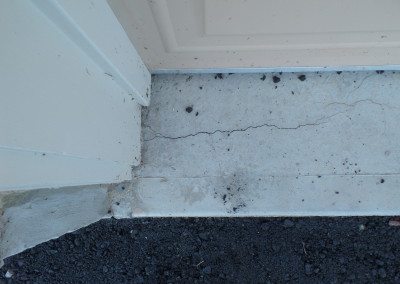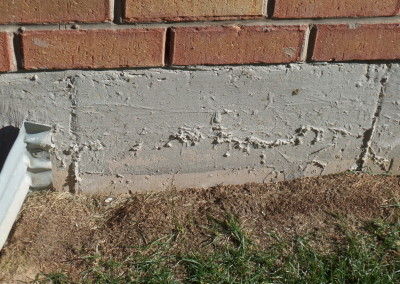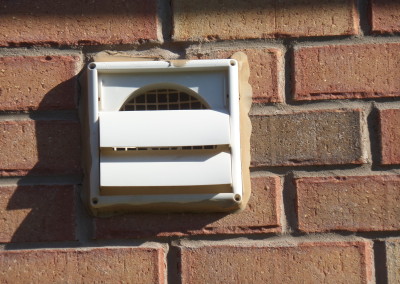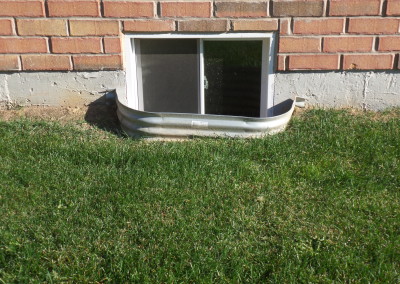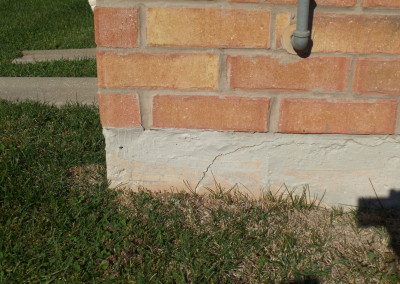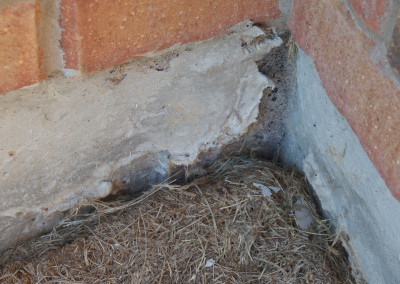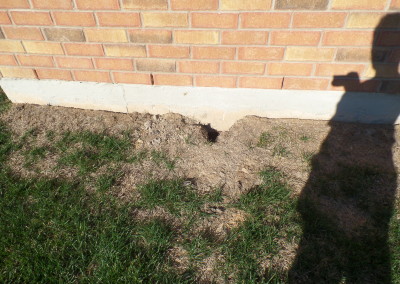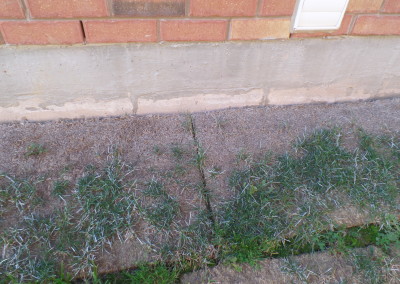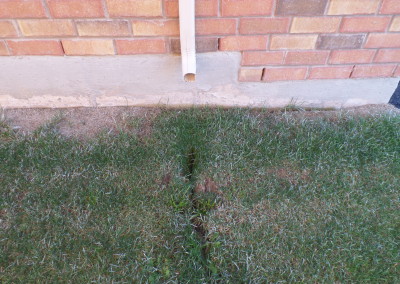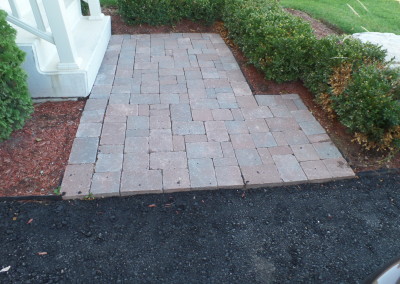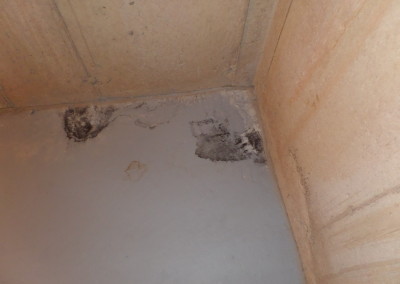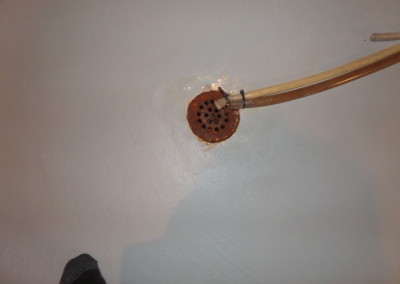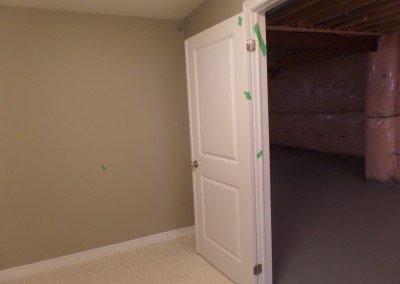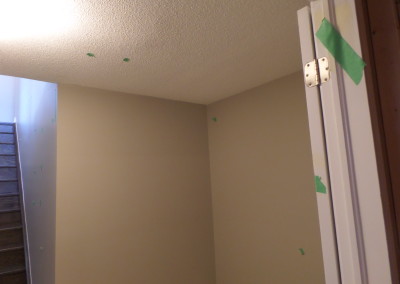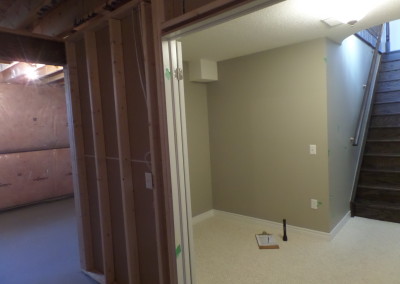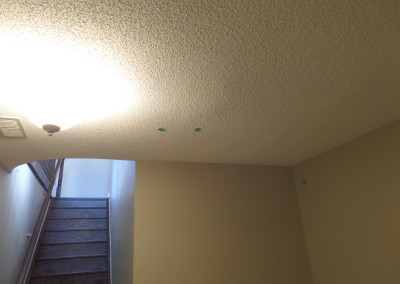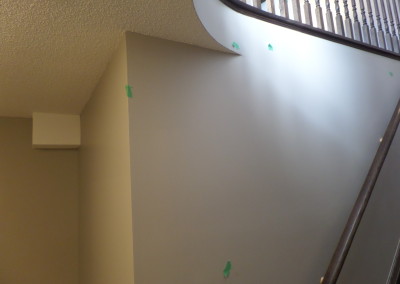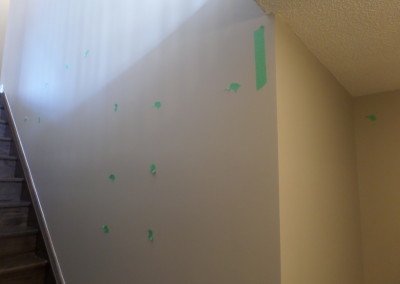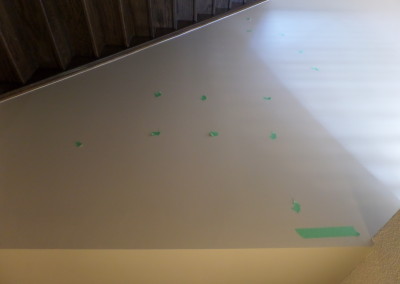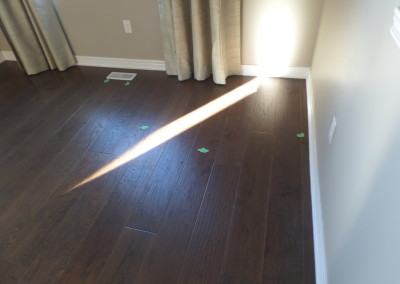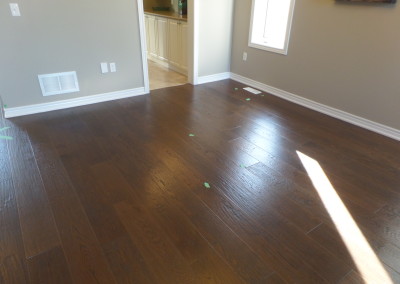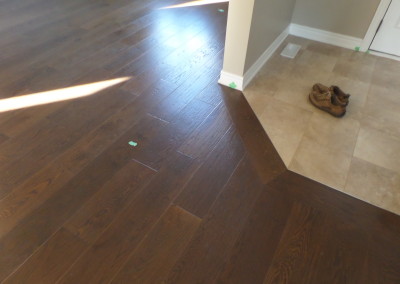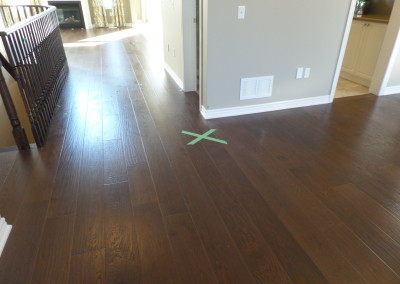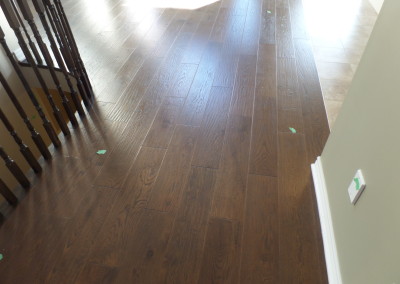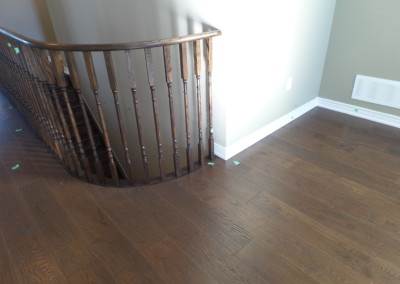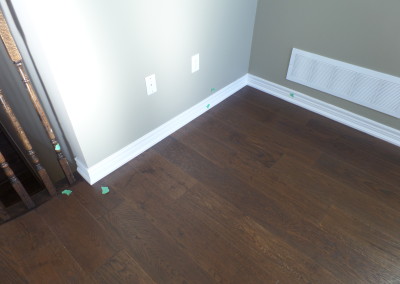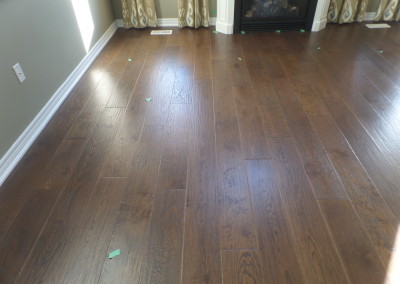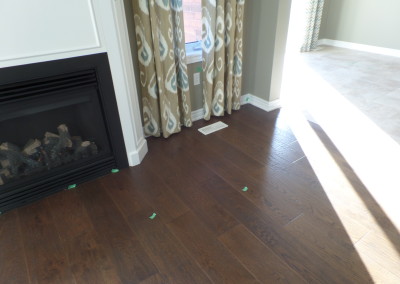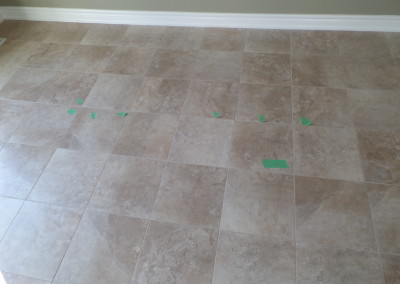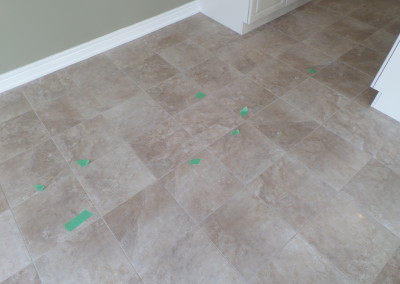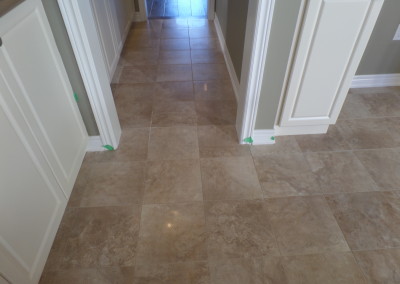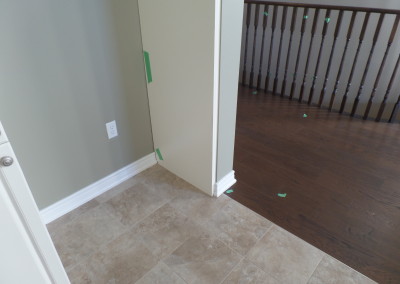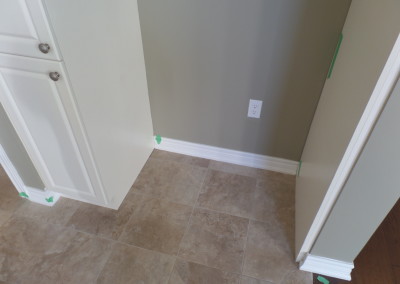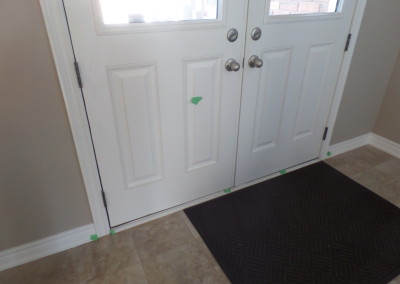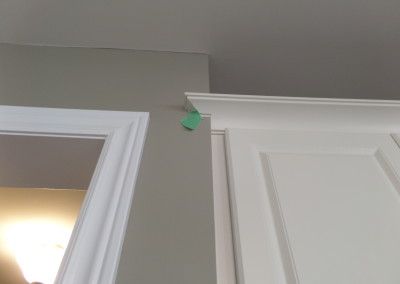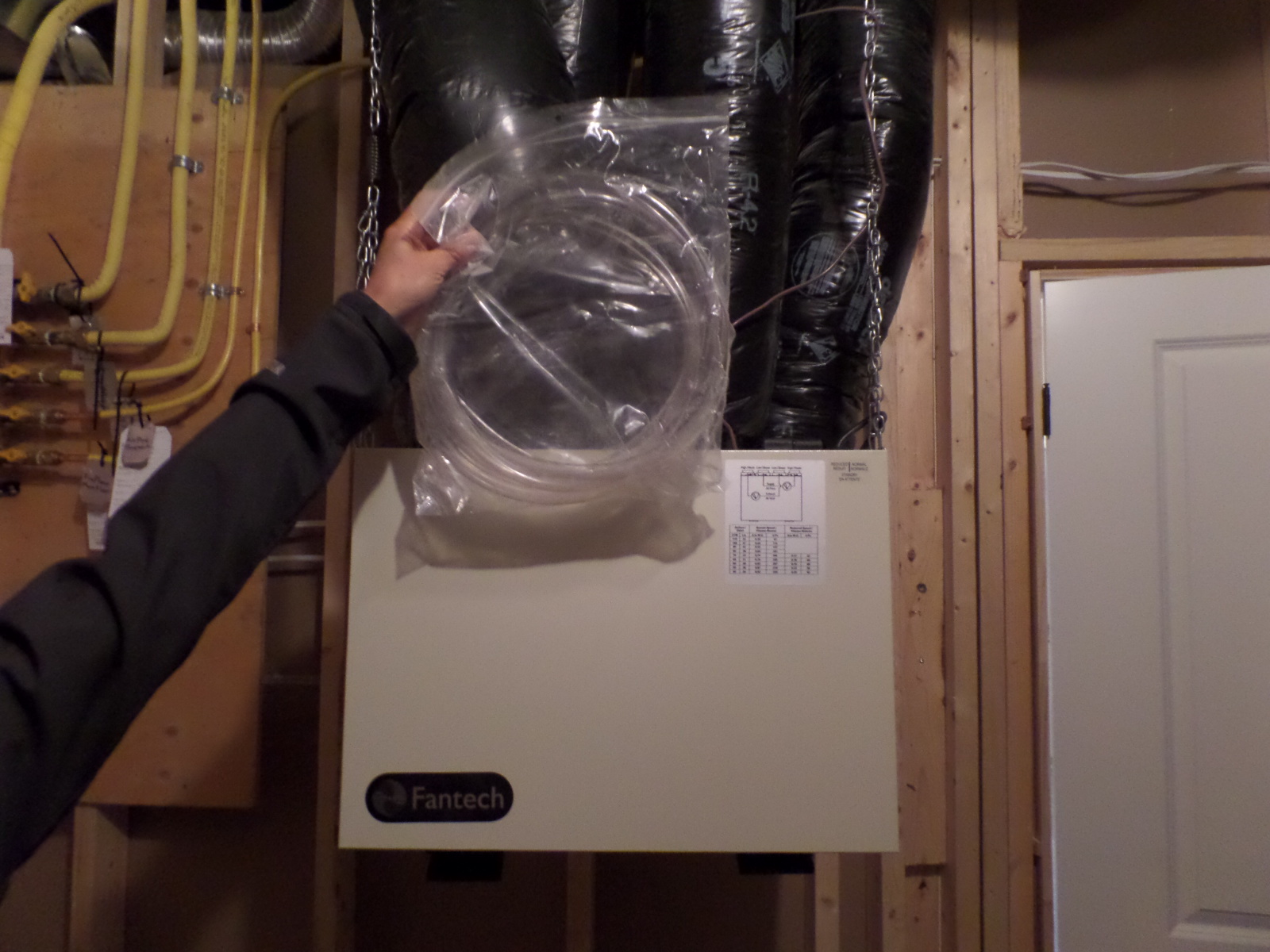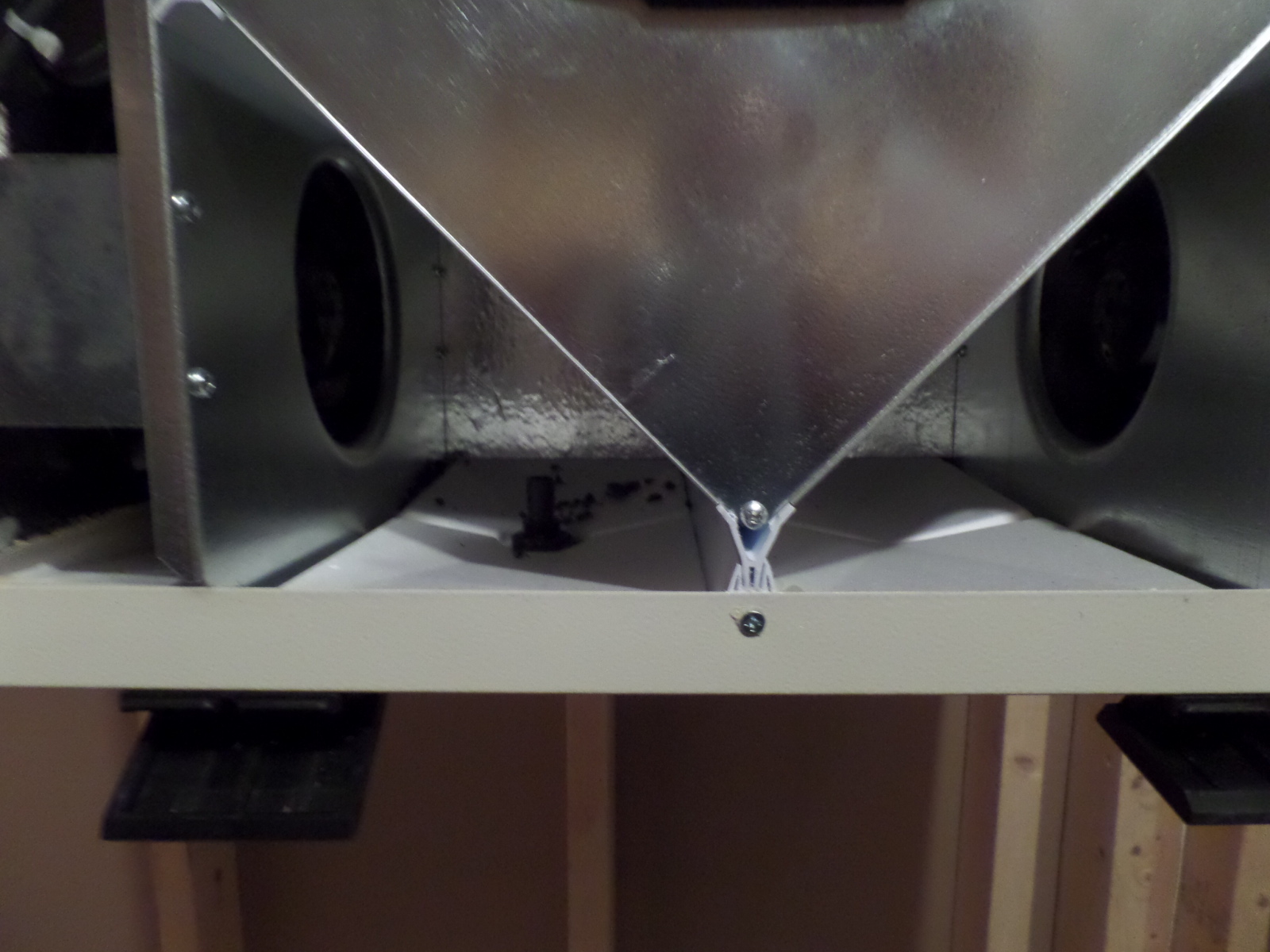Pre Delivery Inspection
Pre Delivery Inspection – Note all items that are damaged, missing, incomplete or not operating properly.
Your home includes the heating, ventilation, electrical and plumbing systems. During your Pre Delivery Inspection your builder should provide you with operating manuals that relate to your home’s systems. Your builder should show you how these systems are operated properly.
Heating
-
Check the furnace and hot water heater.
-
Ask about the capacity, shut-off mechanisms and the type of filtering systems installed.
-
Review the operation of your heating system.
-
Locate the furnace filters and ask about their care and maintenance.
-
Ensure that heat registers are not located below a thermostat.
-
Check the location and number of cold air returns and make sure they are unobstructed.
-
Learn the location of any fuel lines (gas, propane or oil) and understand how to operate any shut-off devices on these lines.
Mechanical Ventilation
-
Locate the switches for ventilation and circulation fans (normally placed near the thermostat).
-
Locate supplemental fans and switches in each bathroom and in the kitchen and ensure they are operating. Make sure you understand how to achieve proper ventilation in order to avoid condensation problems which may not be covered under the warranty.
-
Refer to the Homeowner Information Package for important information on controlling moisture in your home.
Electrical System
-
Locate the main electrical panel and review the function of each circuit breaker and fuse.
-
Your new home must be equipped with ground fault and arc fault circuit interrupters (GFCI and AFCI). GFCIs protect bathroom and exterior receptacle circuits, while AFCIs protect bedroom receptacle circuits. Ask your builder how to test these devices.
Plumbing System
-
Locate the shut-off valves for the main water supply and the location of other shut-off valves throughout your home. It is your responsibility to shut off the water supply to all exterior hose bibs to protect them from freezing in winter weather.
Septic System (if applicable)
-
If your home has a septic system, ask your builder to provide you with information on its use and maintenance.
Inspecting the Interior
Plumbing Fixtures
- Check for chips in bathtubs, toilets and sinks.
- Ensure that all faucets work properly.
- Check that cabinets are securely fixed to the wall.
- Examine caulking around tub and shower enclosures and at countertop backsplashes.
Basement
- Check for signs of water penetration in the basement walls.
- Ensure that the basement floor slopes toward the floor drain.
- See that floor joists are made from sound lumber. Joists spanning more than 2.1 metres should have bridging and/or strapping installed unless an engineered flooring system has been used.
- Check for insulation and vapour barrier in the joist spaces.
Doors
- See that doors are well-fitted and operate as intended.
- Check that locks are wellinstalled and do not rattle when the door is closed.
- Check that the exterior doors have been sealed with weatherstripping.
Windows
- Operate windows to ensure they open and close properly.
- Make sure there are no cracked panes and that all appropriate screens are in place.
Kitchen
- Check for damage to countertops, cupboard doors, sinks and appliances.
- Ensure that cabinet doors are properly aligned.
- Check spaces for standard appliances unless specific measurements were given to your builder. The space allotted for your appliances should be correct.
- Test the range hood fan and light.
- Make sure there are electrical outlets above the counter.
Interior Finishes
- Inspect the wall finishes for uneven paint coverage.
- Check handrails on stairs to ensure they are securely fastened and smooth to the touch with no rough edges, chips or gouges.
Closets
- Make sure that doors are secure and that they open and close easily.
Floors
- Walk across all floors. You should hear only a minimum of squeaks and notice a minimum of spring when walking on the floor. Due to the nature of wood, a wood floor system will have a certain amount of unevenness.
- See that floor coverings have a relatively flat surface.
- Examine seams in carpets and vinyl to ensure they are tight.
- Inspect ceramic tiles for surface cracks. Joints between ceramic tiles should be well-filled with grout.
- Inspect flooring for damage.
- Examine carpeting for stains or shade variations.
Upgrades and options
- Make sure that all pre-selected upgrades and options have been installed.
Inspecting the Exterior
The completion of your new home includes final grading, landscaping (laying sod, etc.), and the installation of driveways, patios and walkways.
Grading
- The grounds should be graded with a gentle slope away from the house to direct rain and melted snow toward the municipal drainage system. The grading is approved by the municipality and cannot be altered by the homeowner. Questions with respect to grading should be directed to the municipality or your builder.
Swales
- Some lots require shallow runoff trenches (swales) to help collect and drain water. Ensure that they are even and of a uniform slope.
Sod
- For a variety of reasons, it is possible that sod may not be laid at the time you take occupancy of your new home. Time of year may be a factor, or local municipalities may delay this process to ensure certain subdivision requirements have been met. You should, however, make note of these items on your PDI Form. Once installed, you are required to maintain the sod.
- Ask the builder about proper care and maintenance.
Caulking
- Make sure all windows and doors are caulked around their frames where the frame meets the walls of the house.
Exterior Trim
- Check that trim is securely fixed.
Brickwork
- Make sure that vertical and horizontal mortar joints between the bricks are completely filled.
- Check that weep holes at the bottom of the brick and above windows and doors are unobstructed. Weep holes are designed to allow moisture to escape from the brick wall.
Roof Ventilation
- Make sure that there are sufficient air vents for adequate, unobstructed roof ventilation.

